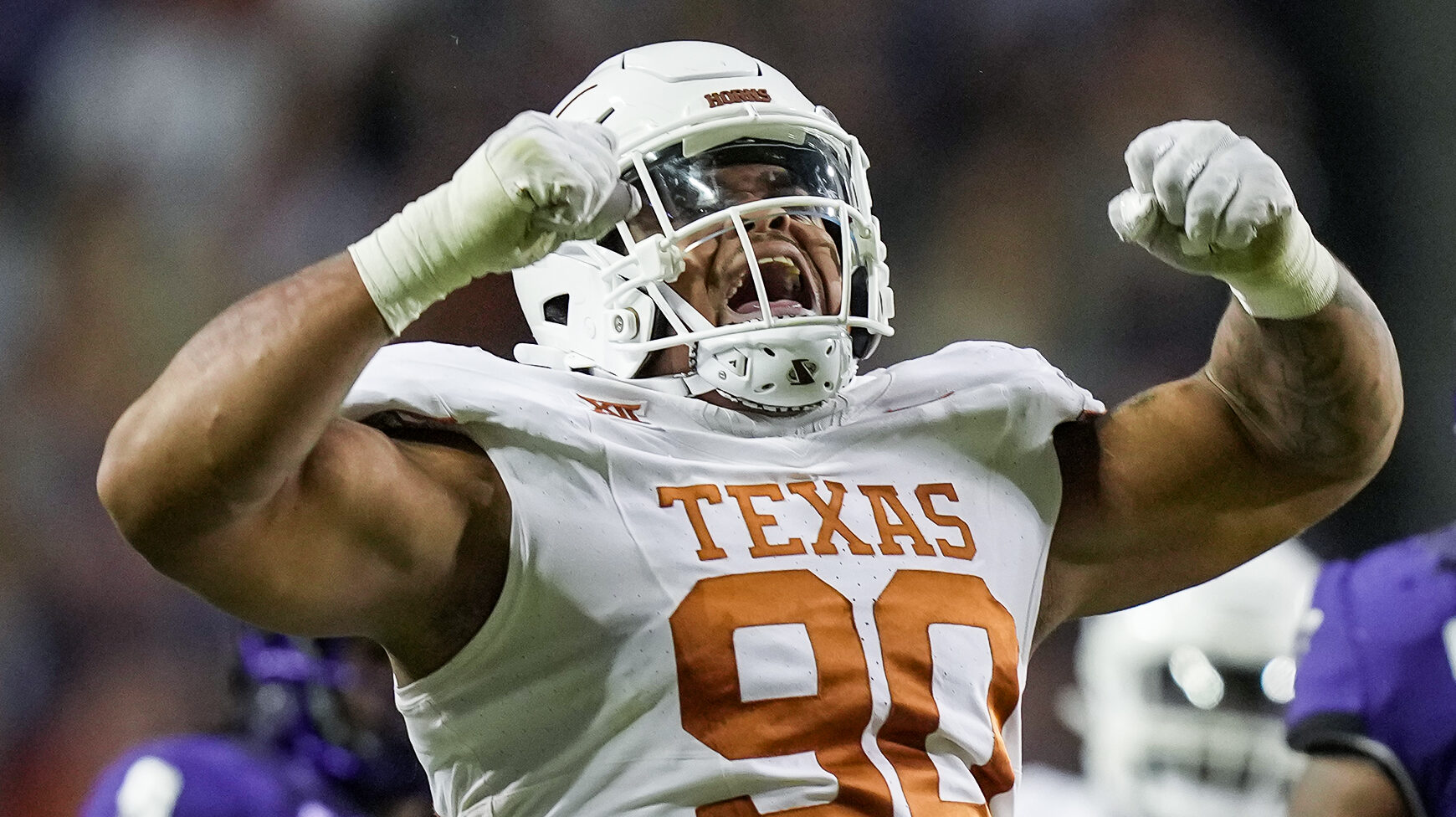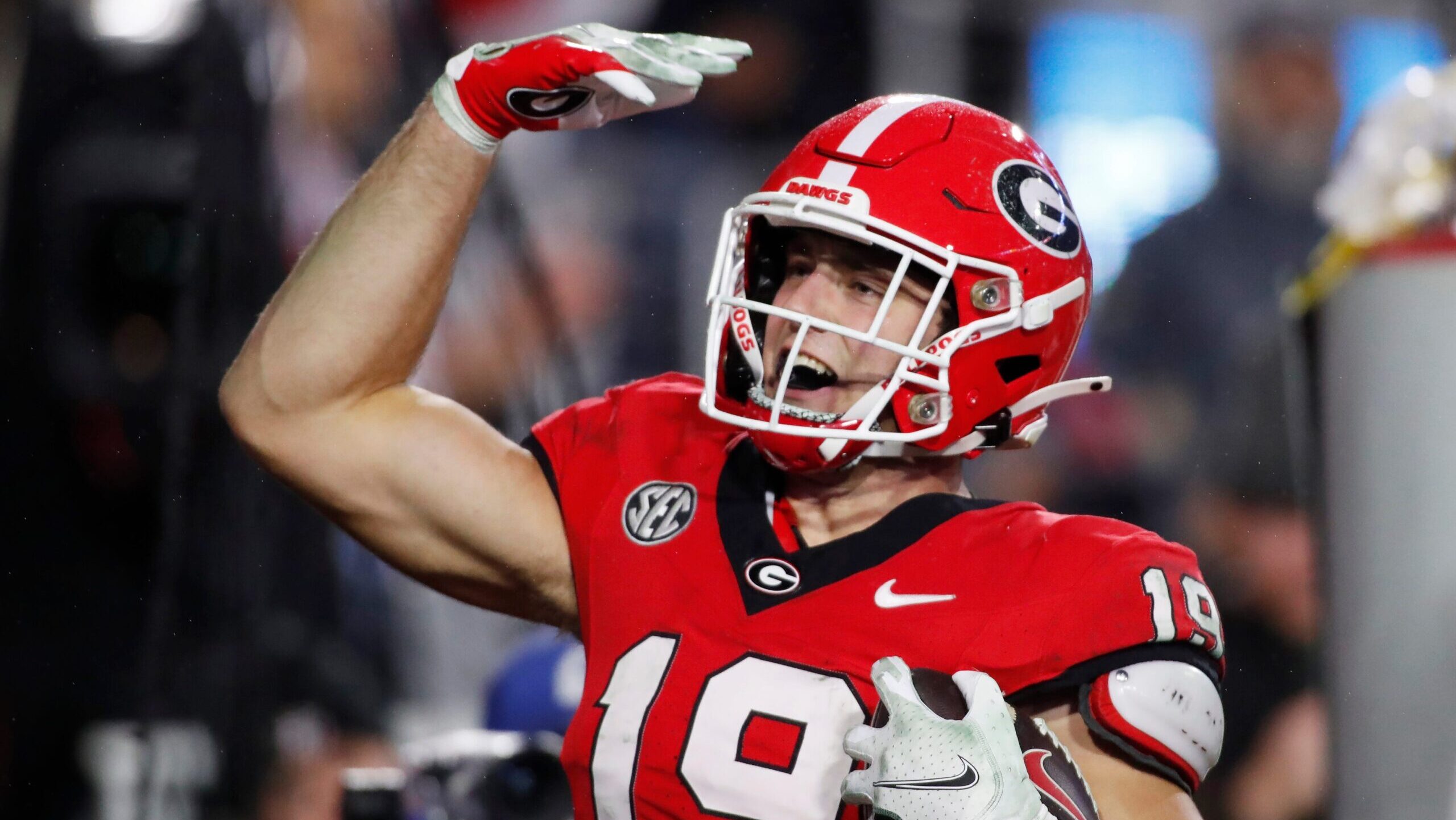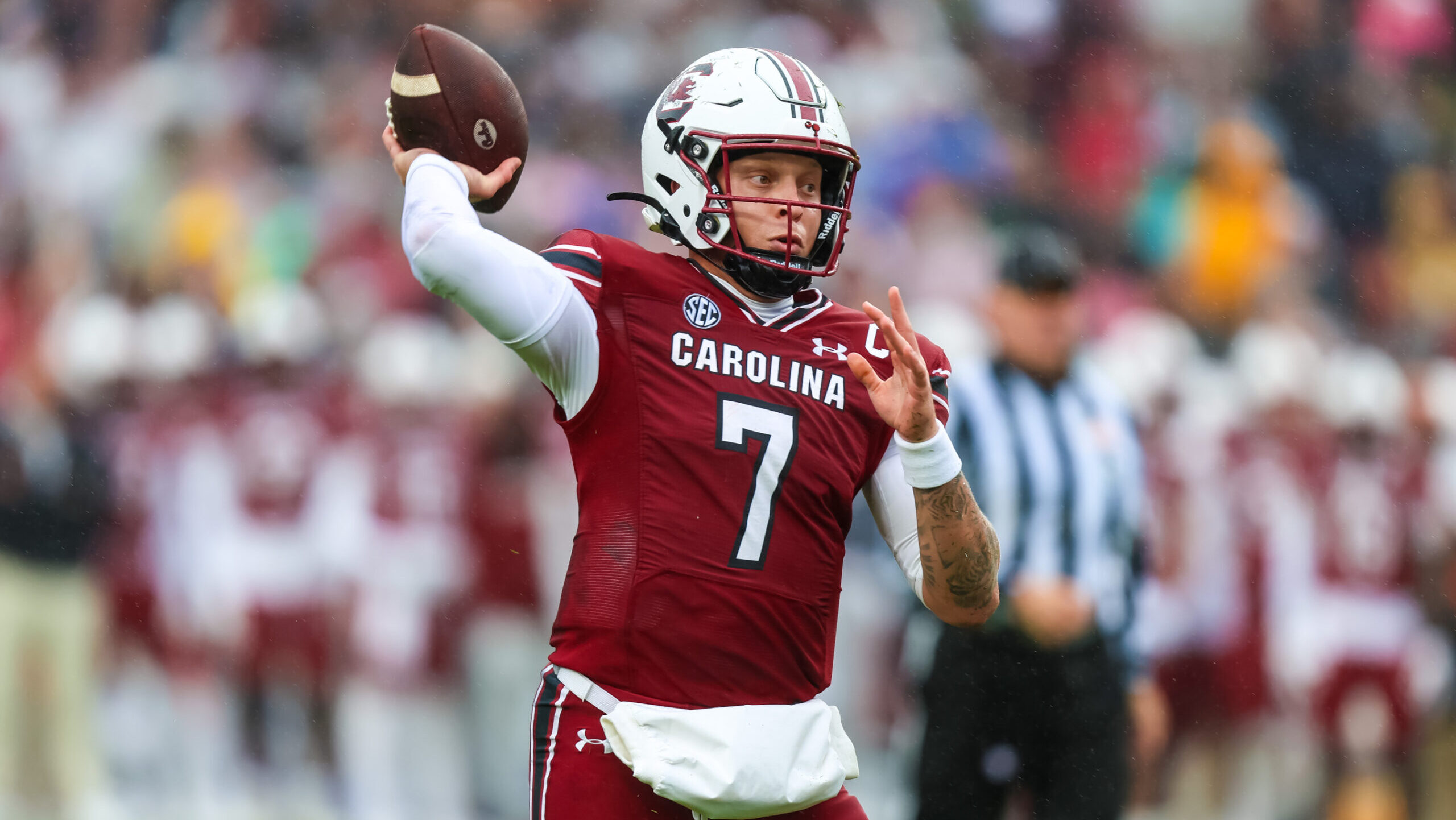Analysis
6/28/21
4 min read
Participation Bonuses and the 17-Game Schedule
As past articles have discussed, the move to a 17-game schedule adds an additional game check for many players. However, when it comes to incentive bonuses, those are not prorated in any way, whether it be for specific statistical achievements or participation rewards.
In theory, players that have performance bonuses (throw for 4,000 yards, catch 100 receptions, etc.) have a better chance to be achieve their benchmarks with an extra game. However, participation incentives intuitively seem harder to come by with an added game. For next year, bonuses that are rewarded for playing at least 4 or 6 games will not be negatively impacted by the new rule. If anything, it will be positively impacted just like performance incentives.
Participation bonuses that require a player to play a percentage of the team’s snaps appear harder to achieve with the added game.
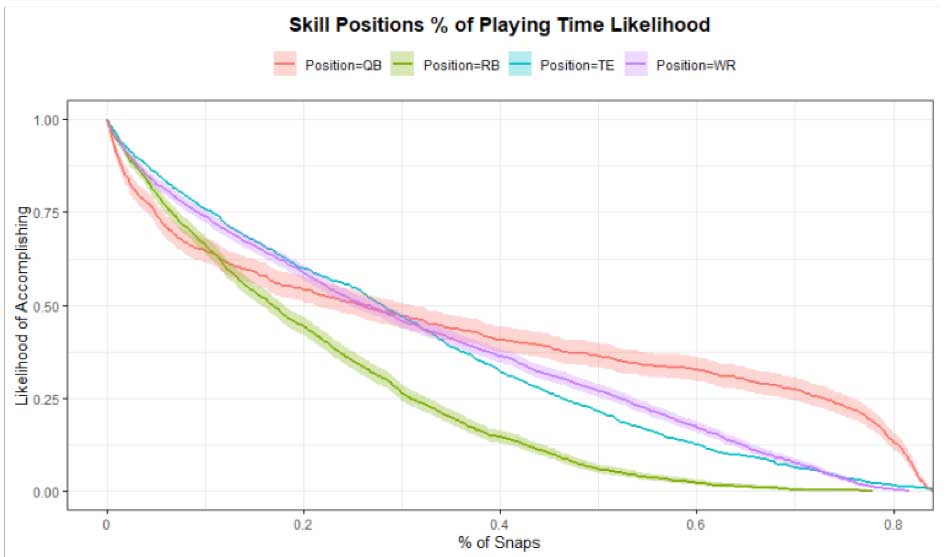
Looking at Offensive Skill Positions there are a few key takeaways:
- Quarterbacks whose threshold is often playing 75% of snaps run a decent risk of dropping below that threshold if they sit the last game of the season.
- Tight Ends actually play slightly less than Receivers.
- While Quarterbacks plateau after about 30% of snaps played, receivers and tight ends steadily decline -- the majority of those who have a bonus threshold over 25% of snaps played might find themselves short an incentive bonus this coming season.
For example, let’s assume Tom Brady has to play 75% of Tampa Bay’s offensive snaps (his real playoff bonus threshold) over the course of the season to earn an extra $1 million bonus. If the Buccaneers were to clinch a playoff spot after Week 16 this year and Brady plays minimal to no snaps in the final two weeks of the regular season, he would drop below that threshold and lose out on his $1 million.
This example played out for the Vikings’ Riley Reiff last year, missing a $1 million bonus after playing in 92.6% of snaps instead of the required 93.75%. The feat will only be harder to achieve this year.
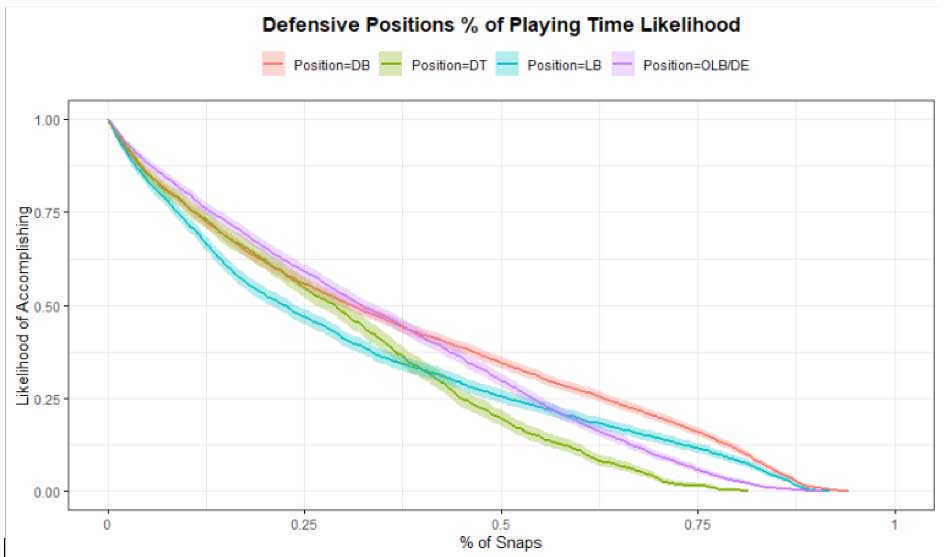
Defenders shaped it a bit differently and is a bit of a mixed bag where elite players seem to shine more, longer. This appears particularly true for linebackers and the top quarter of defensive backs. The top quarter of receivers play roughly 50% of snaps while the top quarter of defensive backs play around 75% of snaps.
From the perspective of a team, it is far more advantageous to offer participation bonuses to non-quarterback offensive skill positions, as defenders are more stable. Overall, defenders are far more stable on a week-to-week basis. Offensive players are incredibly volatile and more dependent on weekly game plan as to their utilization. While top players might receive rest, it is more likely other defenders will actually continue to reach their participation goals, barring injuries.
Stat-based incentives
Stat-based incentives are now easier to achieve. Previously, a player had to average 62.5 yards per game to reach 1,000 yards for the season. Over 17 games, a player has to average just under 59 yards per game. While that might sound inconsequential, that amounts to over one standard deviation of buffer on per-game reception yards to reach your season goal, which essentially amounts to a free pass on having a bad game-and-a-half to still achieve your bonuses.
Emmanuel Sanders needed nine receptions in Week 17 of the 2020 season to reach his $500,000 bonus. If he ends up in the same boat in 2021 but is injured or unable to have a strong performance in Week 17, he would have an entire extra game well within his means to achieve this feat.
This does have certain cap considerations. Bonuses not reached the year prior are unlikely bonuses and do not count against the cap. Likely bonuses are those feats that happened the year prior and do count against the cap. It will be interesting to see if the potential decrease in participation bonuses counteracts or even eclipses the additional performance bonuses achieved this year.

